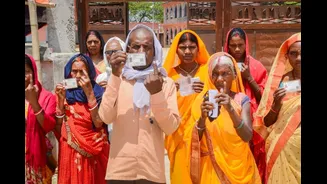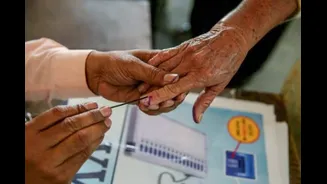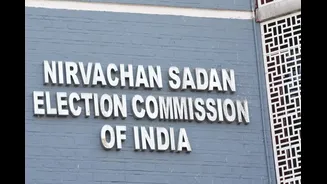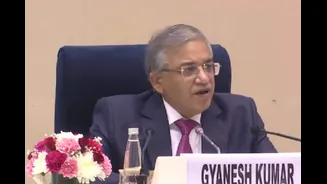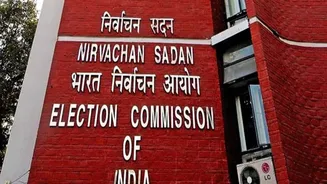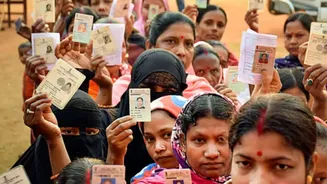Nationwide SIR: The Election Commission of India (ECI) on Monday announced to carry out phase two of the Special Intensive Revision (SIR) of electoral rolls in 12 states and union territories.
While addressing
a press conference, Chief Election Commissioner Gyanesh Kumar detailed how filling out the Enumeration Forms, house-to-house verification process will be carried out in a clear timeline in these states.
“The second phase will be conducted in 12 states and Union Territories. SIR will ensure no eligible elector is left out and no ineligible elector is included in poll rolls,” he said while addressing the briefing.
Which States Would Undergo SIR?
The ECI announced that the second phase of the massive voters’ list exercise will begin in 12 states and union territories. These are: Andaman and Nicobar Islands, Chhattisgarh, Goa, Gujarat, Kerala, Lakshadweep, Madhya Pradesh, Puducherry, Rajasthan, Tamil Nadu, Uttar Pradesh, and West Bengal.
How Would The SIR Take Place?
According to the poll body, the process would begin at midnight with the pre-enumeration phase.
The states and UTs that will undergo the SIR will have their voter list frozen as of midnight today. The EROs (officials appointed by the Commission to prepare and revise the electoral rolls for every assembly and parliamentary constituency) will print unique enumeration forms for every registered voter in these states and UTs.
He said that enumeration forms will mostly be pre-filled, including name, booth, constituency, and old photo.
Meanwhile, Booth Level Officers (BLOs) will visit every house three times to conduct the exercise. They will collect Form 6 and declaration forms from new voters seeking inclusion, help electors fill out enumeration forms, and submit them to EROs. They will also perform duties like distributing the EFs to each existing elector and helping the elector in matching/ linking with either their name or their relative’s name in the last SIR held in 2002-2004.
To ensure the process is inclusive, CEC Kumar said the Commission will deploy volunteers so that “genuine electors, particularly old, sick, PwD, poor and other vulnerable groups, are not harassed and are facilitated to the extent possible.”
The ECI said that the EROs/ AEROs will then include the names of all electors whose enumeration forms are received in the draft rolls. They will also issue a notice to all those whose names could not be matched/ linked with the last SIR.
It further said that the EROs/ AEROs will hear the cases for eligibility and decide on inclusion or exclusion of electors’ names in the final rolls.
ECI Outlines Clear Timeline
According to the Election Commission, the printing and training phase will take place from October 28 to November 3, followed by the house-to-house enumeration from November 4 to December 4. The draft electoral rolls will be published on December 9, marking the beginning of the claims and objections period, which will run until January 8, 2026.
The notice phase for hearings and verification will be held from December 9, 2025, to January 31, 2026, culminating in the publication of the final electoral rolls on February 7, 2026.
